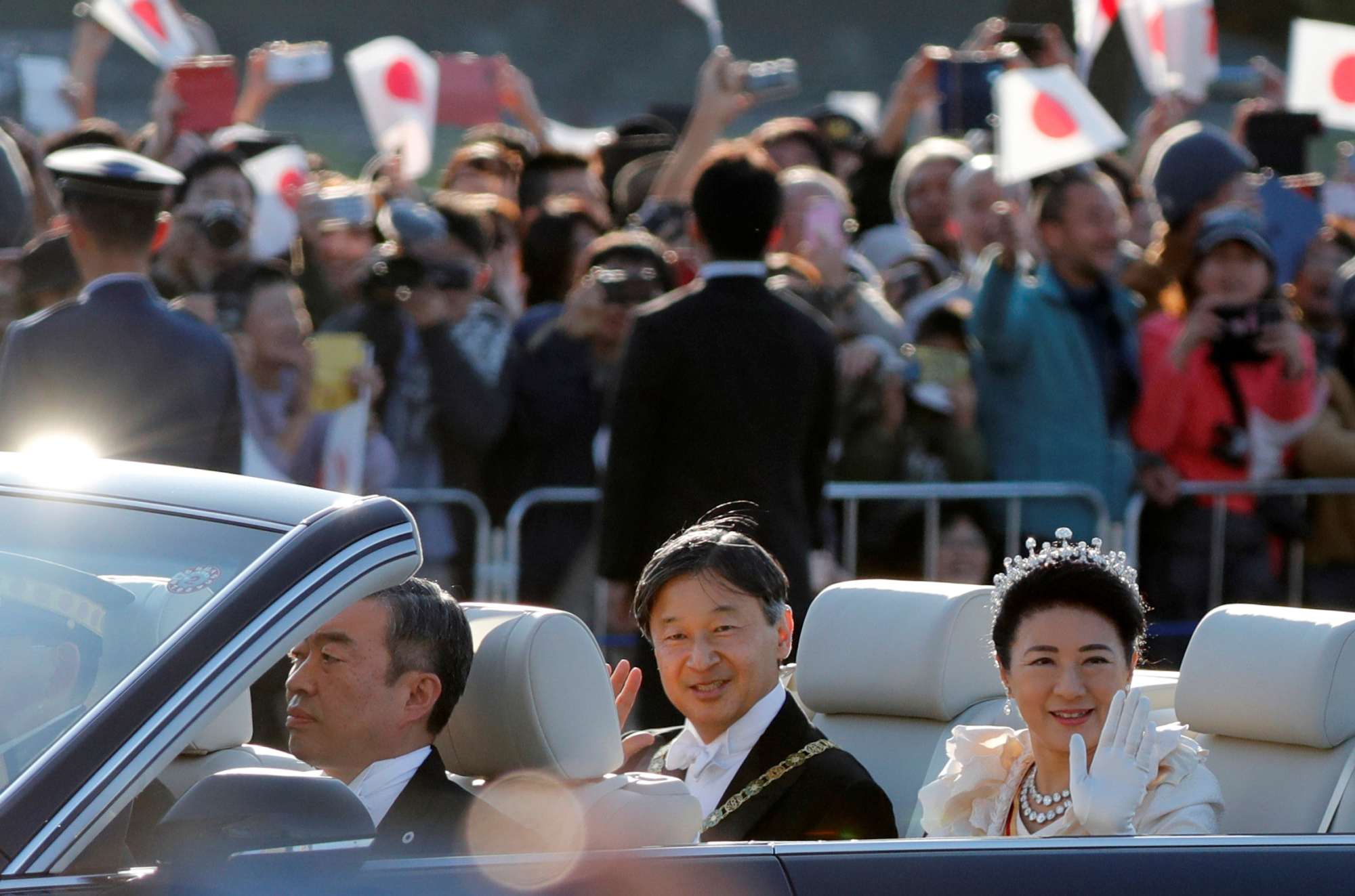With the Daijosai (grand thanksgiving) ceremony concluded without a hitch, a series of key rituals linked to Emperor Naruhito's accession to the throne is now finally over. In Japan, the emperor performs a rite known as Niinamesai at the Imperial Palace every fall to celebrate the year's rich harvest. The first Niinamesai performed by the new emperor is customarily carried out as a larger-scale Daijosai ceremony.
Just as his father, Emperor Emeritus Akihito, who abdicated at the end of April, and his wife Empress Emerita Michiko did, the new Emperor Naruhito and Empress Masako have the respect of people at large, and the new emperor's reign is believed to have made a good start. That does not mean the imperial family does not face any problems in the future.
The biggest challenge confronting the family is that there are only two potential heirs to the throne who are younger than the emperor: Crown Prince Akishino, the younger brother of the emperor, and Prince Hisahito, the son of the crown prince. This problem traces its origin to a law enacted after the Meiji Restoration roughly 150 years ago, which stipulated that the imperial throne will be succeeded only by males in the family from its paternal lineage. Even under the current Constitution, which was instituted after World War II, the Imperial House Law limited the heirs to men in the family's paternal lines.



















With your current subscription plan you can comment on stories. However, before writing your first comment, please create a display name in the Profile section of your subscriber account page.